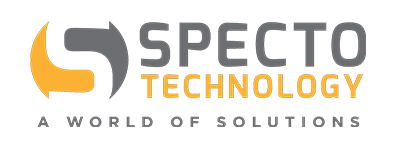How to Monitor Noise?
Noise monitoring is frequently conducted on construction projects, industrial sites, and at entertainment venues where there is a risk of noise pollution to employers or the wider community. All sound that is harmful to human health or is annoying is considered noise.
The Primary Sources of Noise Include:
- Water (Piezometer), Slope Movement, Borehole Extensometer and Inclinometers
- Other geotechnical monitoring instruments, tools and engineering equipment suppliers
- Hosted data solutions to keep your data moving wirelessly from the field to your fingertips for geotechnical analysis
It is important to monitor noise to minimize the impact of your site on the environment and to demonstrate compliance with the law.
Noise is Monitored Using a Sound Level Meter (SLM)
This is to measure changes in air pressure, recorded in decibels (dB). Noise is typically measured by adjusting how a human ear responds to sound (A or C weighted responses). A sound level meter (SLM) can measure sound at different frequencies (called octave band analysis) and record sound clips to determine the source of noise pollution.
Two Types of SLM
There are two different types of SLM – Type 1 and Type 2. For environmental monitoring purposes, a Type 1 is recommended and ensures your monitoring project will comply with all types of noise regulations.
There are Two Main Types of Noise Monitoring
The two types are instantaneous monitoring (handheld) and continuous monitoring (unattended):
Instantaneous Monitoring: uses a handheld SLM to take readings for short periods of time. This may be useful to get an idea of what the typical sound level from a source may be, or to check what noise is produced during worst case conditions (i.e. all machinery operating at the same time).
Continuous Monitoring: uses a SLM positioned at a fixed location to measure sound levels. This type of monitoring is used to alert a site when noise levels are above a compliance limit.
Continuous SLMs should have the Following Features Address Community Health Concerns and Satisfy Stakeholders
- A Type 1 SLM with octave band analysis
- Automated data collection of real-time measurements and statistics (i.e. Leq, LA90, LAmax)
- Weatherproof microphone designed for outdoor exposure
- Alert notifications – Following a breach of your noise limits, your monitor should be able to send you an alert to address any issues
- Sound clip recording triggered by noise pollution (mp3)
Our Methodology - How We Work With You
Step 1
Discovery
We begin by learning details of your projects, including timeframe, regulations, potential issues, budget and other requirements
Step 2
Development
Once we understand your needs, we develop a turnkey, solution with hardware and software, keeping both the budget and timeframe in mind.
Step 3
Implementation
We support you every step of the way, providing hands-on equipment and software training for your team to ensure that your monitoring program is successful
Request Quote
For Sales, Rentals, and Quotes, please get in touch with us by filling out the form below. Our knowledgeable staff is ready and eager to assist you!
Request Quote
For Sales, Rentals and Quotes, please contact us by filling out the form below. Our knowledgeable staff are ready and eager to assist you!
